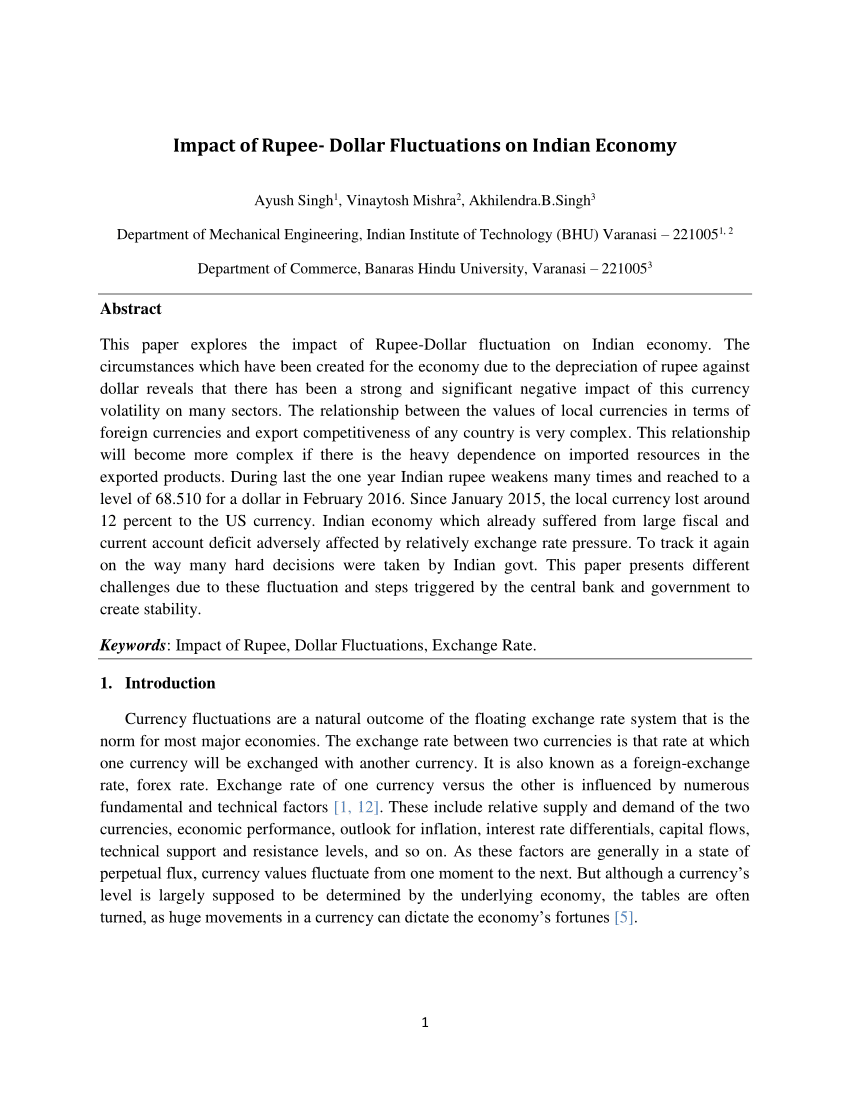

Noted neoliberal politician and journalist Arun Shourie claimed that the "Hindu rate of growth" was a result of socialist policies implemented by governments:īecause of those very socialist policies that their kind had swallowed and imposed on the country, our growth was held down to 3–4 per cent, it was dubbed - with much glee - as ‘the Hindu rate of growth’. Pakistan meanwhile, despite implementing liberal reforms under Pervez Musharraf experienced lower economic growth compared to India. However, despite such policies Chinese economy grew at a much higher pace than India's, overtaking Japan in 2010. South Korea, similar to India was also forced to adopt IMF and World Bank imposed reforms during the 1997 Asian Financial crisis.Ĭhina kept a significant part of its economy under state control even after reform and opening up despite receiving criticism from liberal institutions. South Korea received much higher U.S aid and foreign investment when compared to India. By 1990, South Korean per capita income was 20 times larger.


GDP Per Capita for years 1950,1999,2018 Year At the same time, Pakistan grew by 5%, Indonesia by 6%, Thailand by 7%, Taiwan by 8% and South Korea by 9%. India's growth rate was low by standards of developing countries. In 1947, the average annual income in India was $439, compared with $619 for China, $770 for South Korea, and $936 for Taiwan. This meaning of the term, popularised by Robert McNamara, was used disparagingly and has connotations that refer to the supposed Hindu outlook of fatalism and contentedness. It suggests that the low growth rate of India, a country with mostly Hindu population was in a sharp contrast to high growth rates in other Asian countries, especially the East Asian Tigers, which were also newly independent. The term was coined by Indian economist Raj Krishna. Accordingly, some neoliberal writers instead use the term " Nehruvian rate of growth". Later liberal economists reject this connection and instead attribute the rate to the Indian government's protectionist and interventionist policies, rather than to a specific religion or to the attitude of the adherents of a particular religion. The word "Hindu" in the term was used by some early economists like Vikas Mishra to imply that the Hindu outlook of fatalism and contentedness was responsible for the slow growth. GDP growth rate has however slowed since 2016. The economy of India accelerated and has grown at a rate of around 3–9% since economic liberalisation began in the 1990s with the exception of 2020. The Indian economy of this period is characterised as Dirigism. However, comparisons with India's neighbours such as Bangladesh, China or Pakistan are not made. While these Asian Tigers had similar income level as India in the 1950s, exponential economic growth since then has transformed them into developed countries today. The term contrasts with South Korea's Miracle on the Han River and the Taiwan Miracle. The usage of the term has been criticized by modern neoliberal economists as they believe that the cause of the low growth rate was the failed dirigist model and economic mismanagement. The Hindu rate of growth is a term used by advocates of liberalisation referring to the lower annual growth rate of the economy of India before the economic reforms of 1991, which stagnated around 3.5% from 1950s to 1980s, while per capita income growth averaged around 1.3%. The graph shows GDP per capita of South Asian economies and South Korea as a percent of the American GDP per capita. Both started from about the same income level in 1950. Compare India (orange) with South Korea (yellow).


 0 kommentar(er)
0 kommentar(er)
